Exactly fifty years ago, on June 25, Fakruddin Ali Ahmed, then President of India, officially declared an emergency under Article 352 of the Constitution, because of prevailing “internal disturbances“.
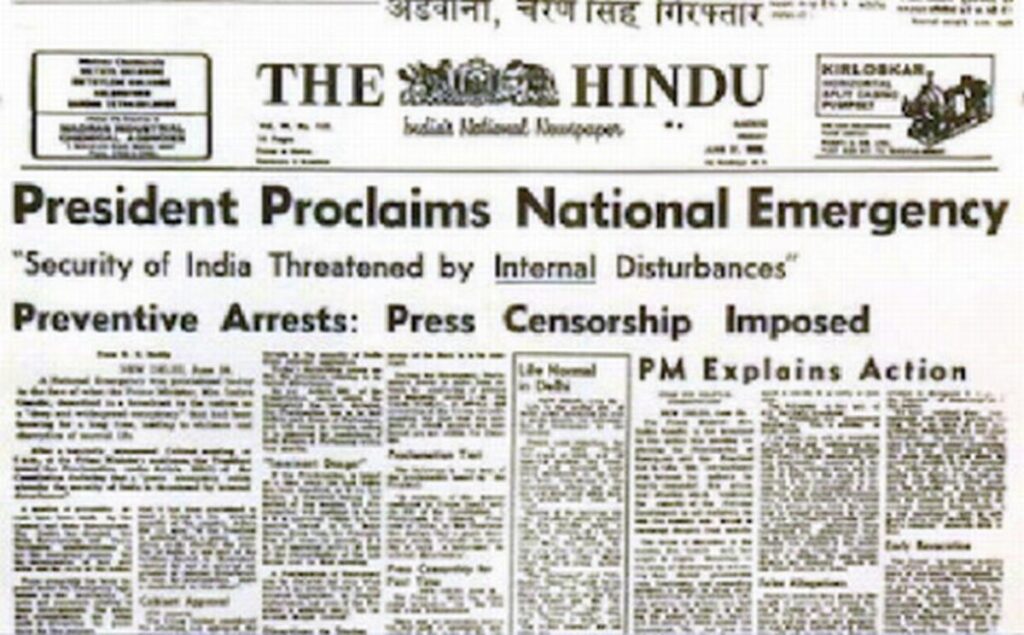
Effective till March 21 1977, the approximately 2-year period defined a certain era in Indian post independence history that resonated with similar situations of muzzling the voices that dare to question, in any part of the world.
The tremors of the Emergency henceforth to be referred to as Emergency with a capital E, was felt most in the media (then limited to print journalism) due to press censorship
The tremors of the Emergency henceforth to be referred to as Emergency with a capital E, was felt most in the media (then limited to print journalism) due to press censorship. The massive rallies around Jaiprakash Narain resulted in his arrest, which nailed the final screw on the coffin of Democracy. The political steps leading to the Emergency are well documented in books by well-known journalists such as Kuldip Nayar, Vinod Mehta (The Sanjay Story), Prashant Bhushan, PN Dhar, Coomi Kapoor among others.
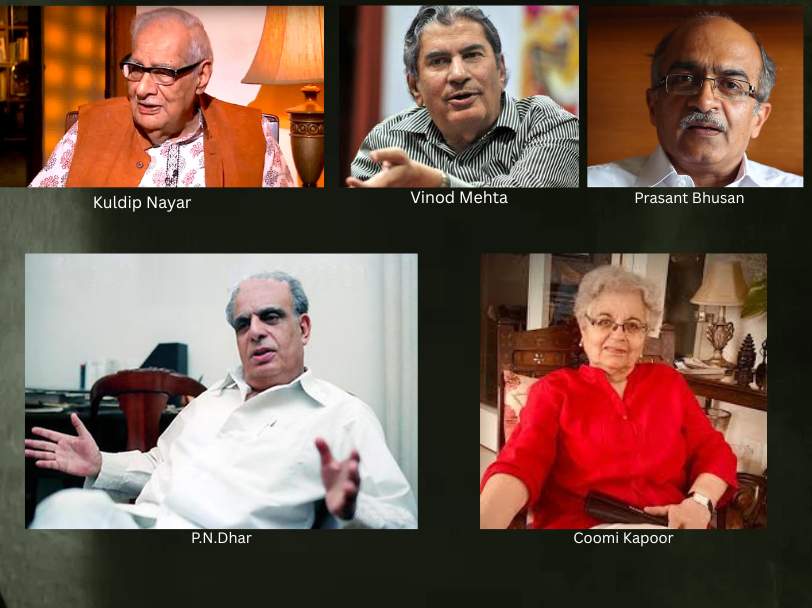
The memories of the Emergency may have blunted with time. A certain edge may have gone out of it but for some, memories are still vivid. These bubble to the surface whenever the month of June comes around.
Also Read: “A woman has to find her own path”
“My father was arrested from home,” says Sahana Nag Chowdhury then in high school. She is the daughter of late journalist Gour Kishore Ghosh, Magsaysay winner who was one of the Kolkata journalists to be jailed for his protests. Recalling that fateful day, she says he was away at an important political meet in Bhubaneshwar, “from where he phoned my mother. He informed her about the decision taken by the Congress Party and its leader Indira Gandhi. Baba returned the next day and I found him to be extremely disturbed,”
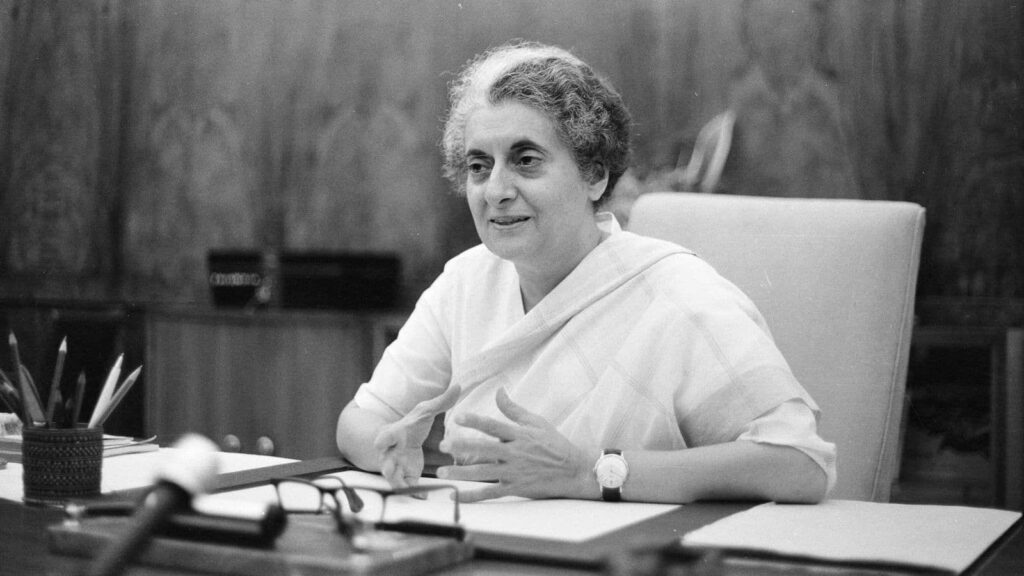
“What irked the local media was that the Press Censorship that was clamped required matter to be vetted before being printed, which journalists baba and Jyotirmoy Datta vehemently criticized in Kolkata Patrika, which the latter edited, as baba was employed with Ananda Bazaar Patrika. Towards this, both were issued arrest warrants and baba was picked up from home in September after a thorough search for any banned materials.”Barun Sengupta, Nitish Dey, Santosh Ghosh, Samar Sen are some of the other names who vehemently opposed the Emergency.
Also Read: Partition and the Vernacular
Gour Kishore Ghosh, who was awarded the Ramon Magsaysay Award in 1981, specifically for “Journalism, Literature and Creative Communication Arts” has not left behind a memoir. His writings on issues are, however, available in various books of which Amake Bolte Dao – Let Me Have My say – is one. He wrote columns in both Desh and Ananda Bazaar Patrika and mapped the Naxalite Movement (1969 to 1971) in these as well.

“We lived in a small flat in north Kolkata and our compound was often full of policemen though baba was not ill-treated,” adds Sahana. Ghosh was released from Presidency Jail the following September from where he wrote the famous Pitar Patra –a father’s letter – in which he spoke about shaving his hair in bereavement of what was happening in the country.
Bengal has always simmered with violent politics whatever be its color. It has always been at the forefront of radical thinking manifest in politics seeping through young minds like the ink of a leaking fountain pen
Sahana a journalist herself who worked with the Bengali daily Bartaman (founded by Barun Sengupta) for thirty years felt that her two other siblings were always guided by their father to be courageous, hopeful and the need to tell the truth always. .
Bengal has always simmered with violent politics whatever be its color. It has always been at the forefront of radical thinking manifest in politics seeping through young minds like the ink of a leaking fountain pen. Even though students are always not into active politics, the schools and colleges in Bengal have always been a breeding ground for shaping future politicians, administrators and teachers. Bengal has witnessed massive protests, boycotting of classes and campus violence.
Also Read: Lost and Found : Anita Desai’s Rosarita
A part of this perhaps can be attributed to parents and even grandparents of Bengali children who were involved in the Freedom Movement in some form or the other. Rebellion just carried on and if one may be permitted to be a little cheeky here – sometimes being rebels without a cause.
There are stories of the Emergency in the other parts of the country. It was a time running parallel was the Naxalite and Maoist Movements that the Union Government felt the need to curb. If the Maoist Movement was happening in the tribal belts aided by the Naxals, the posher (south) areas of each metro were where several student leaders thrived till many of them were whisked away by parents, or they whisked themselves away to safer pastures like the US campuses, in which the foreign students did not face the Draft .
A film like Hazaaron Khwaishein Aisi by Sudhir Mishra captured the intersection of North Indian (UP) politics, the Emergency and all, with the unrest of students of an elitist institution getting attracted to subversive activities. Hazaar Chaurasi Ki Maa by Maheshwata Devi filmed by Govind Nihalini also looked into the lives of “others” sacrificed to the Naxal Movement.
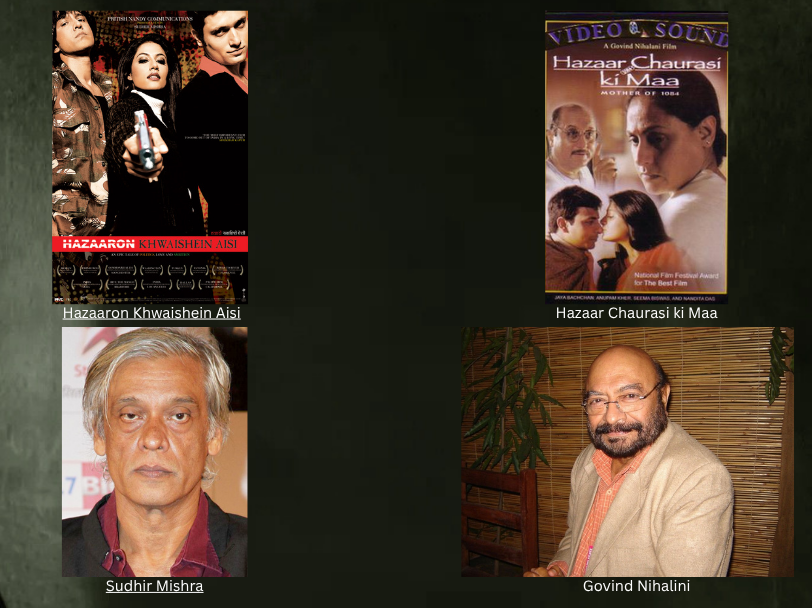
This is just a wrap of those times but a lot more can be documented and more personal stories spun into fiction. As far fiction is concerned, there could be more films and books on the Emergency. If the Naxal movement finds its reference in various Bengali literature and films, two book in English that come immediately to mind are Jhumpa Lahiri’s The Lowlands and Neel Mukherjee’s The Lives of Others. The second touched upon other historical landmarks of Calcutta too.
But The Emergency is still pretty much left unexplored. On top of my head are Rich Like Us by Nayantara Sahgal and A Fine Balance by Rohinton Mistry. Recently, a new novel Bombay by Soumitro Das is also set against the Emergency period in that city in a love story between two college students – one a young man grappling with his identity and the other, a more self-assured and fiery young woman who wants to change things with her idealism that clearly lies with seizing power with the barrel of a gun.
The Indo-China War in 1962 and the Indo-Pakistan war in 1971 saw emergency restrictions being imposed in the country citing non-normative situation but the Emergency of 1975 was meant to kill the voice of the Opposition within the country; dictatorship being an antithesis to Democracy .
As the saying goes those who do not learn from the “excesses” of history repeat it.
All Rights Reserved
Image Courtesy:
- dailygoodmorningkashmir.com
- thehindu.com
- thewire.in
- penguinindiablog.wordpress.com
- zasha.info
- .anandabazar.com
- congress-sandesh
- imdb.com
- wikipedia.org
- aajtak.in
A masters' in Comparative Literature from Jadavpur University, Manjira Majumdar has dabbled in journalism, teaching and gender activism. She shares her love for cinema, books, art and four-legged creatures with her family consisting of a husband and two daughters.


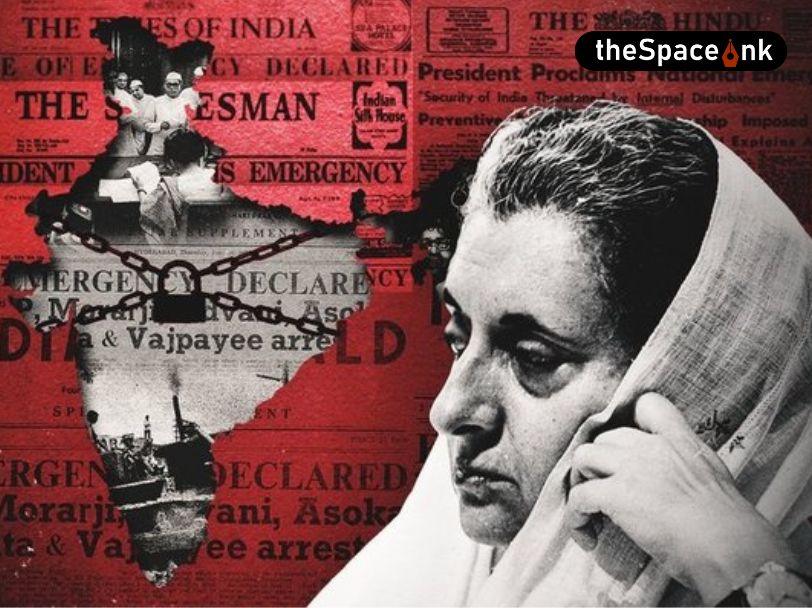



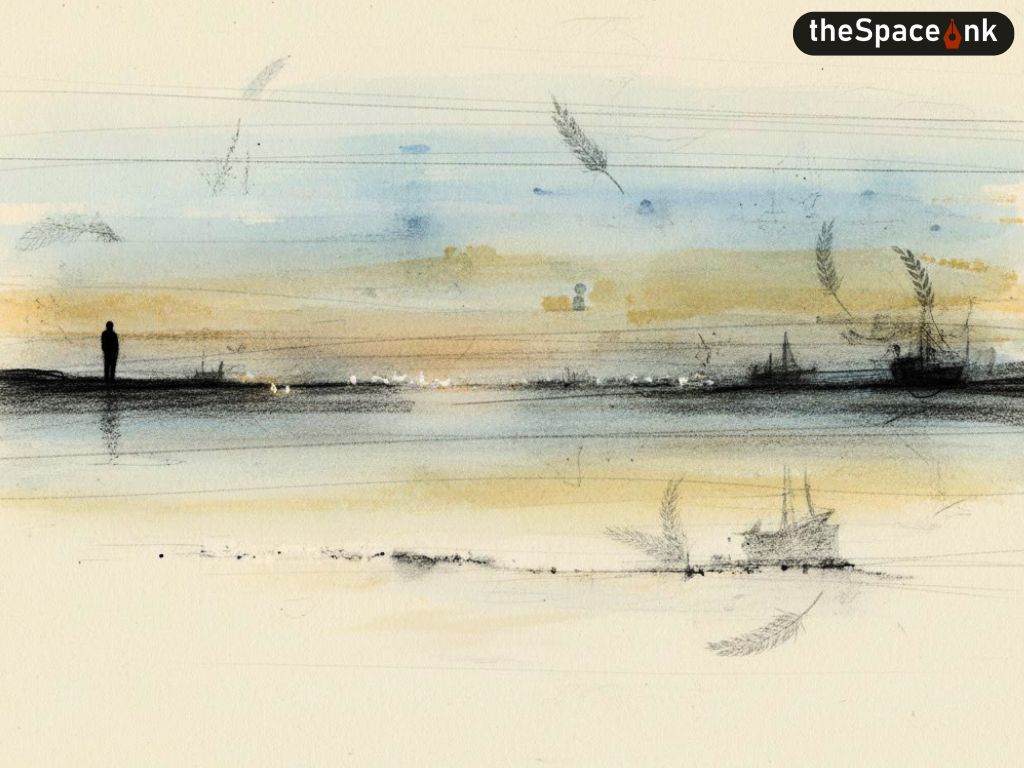

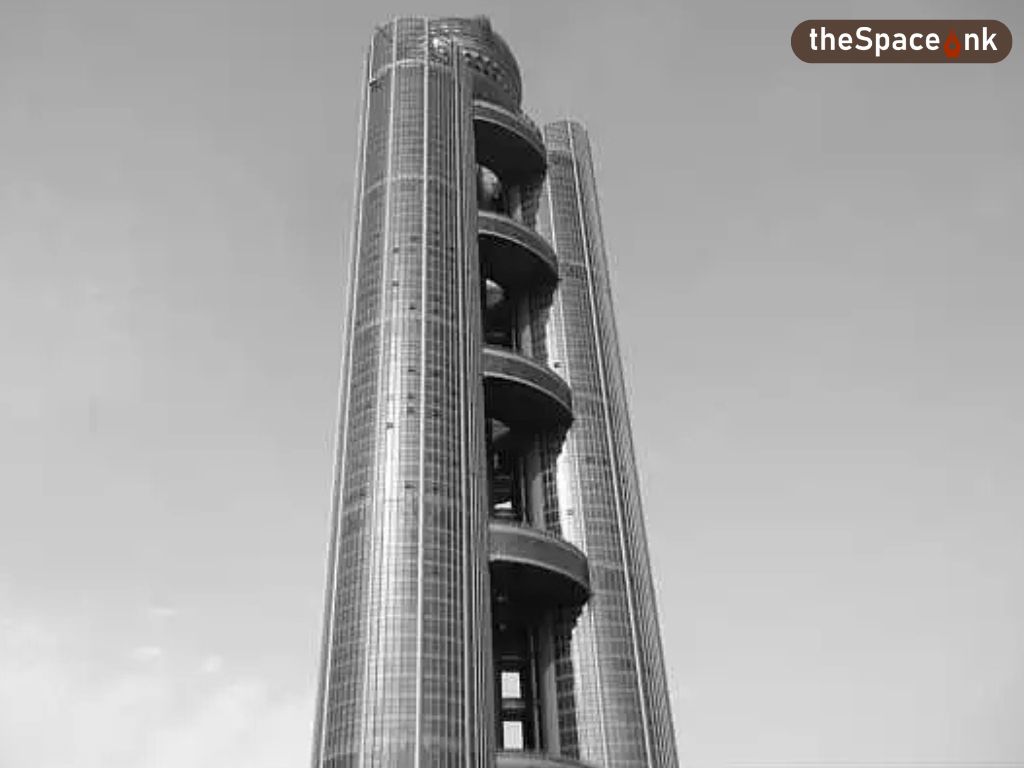
One Response
Wow that is truly an amazing article 👌🏻 Truth and reality penned with unparalleled briliance !